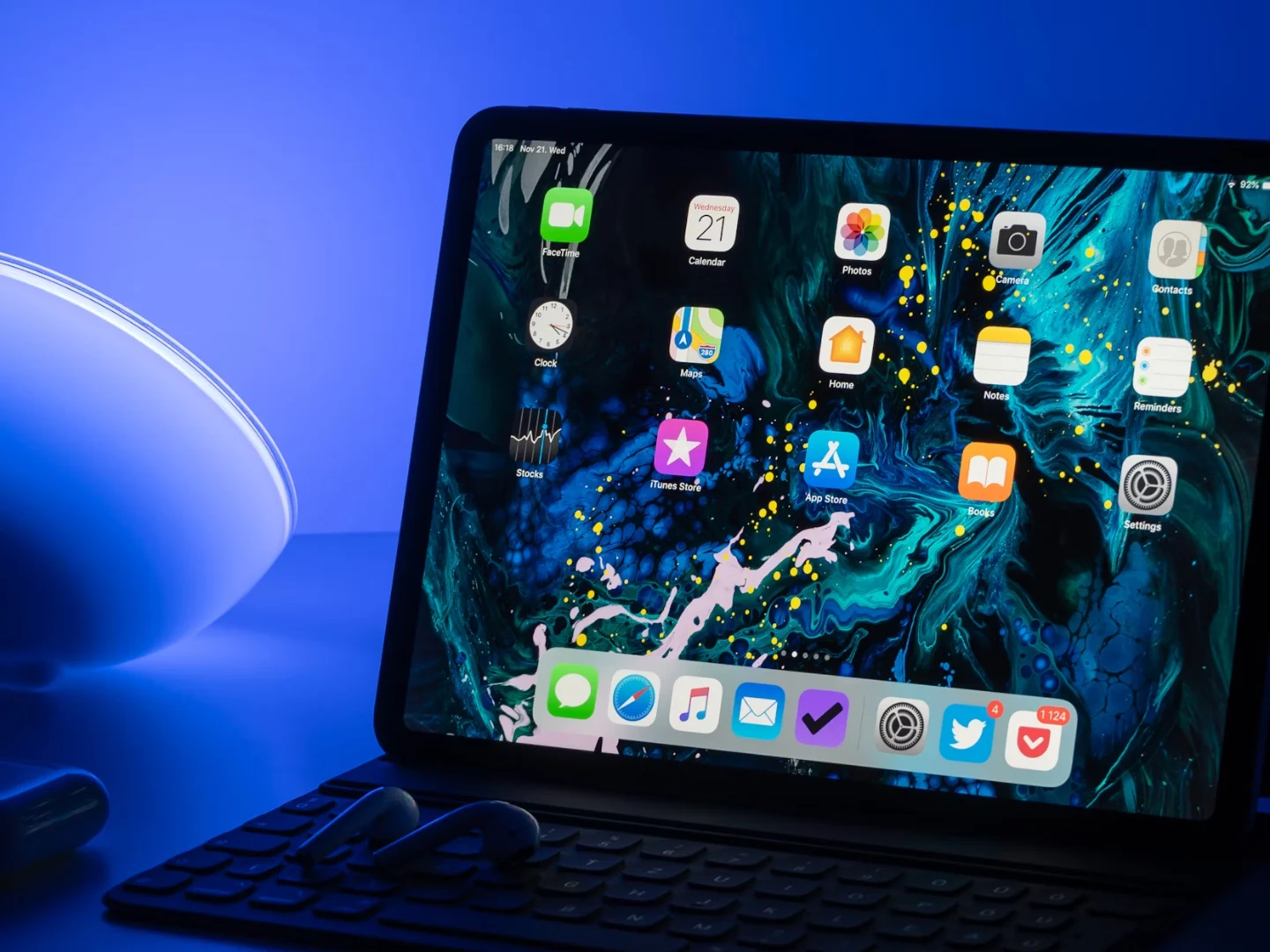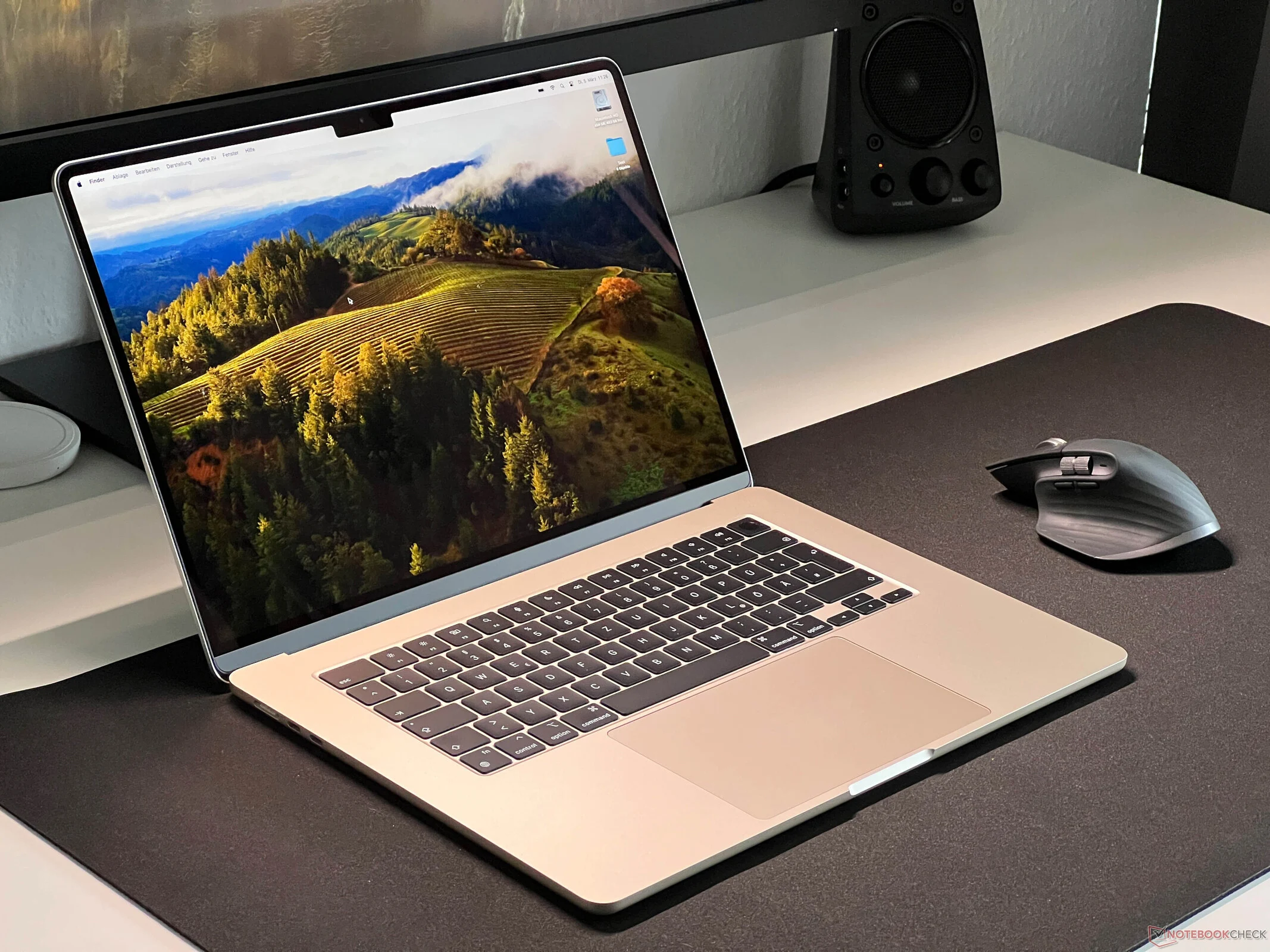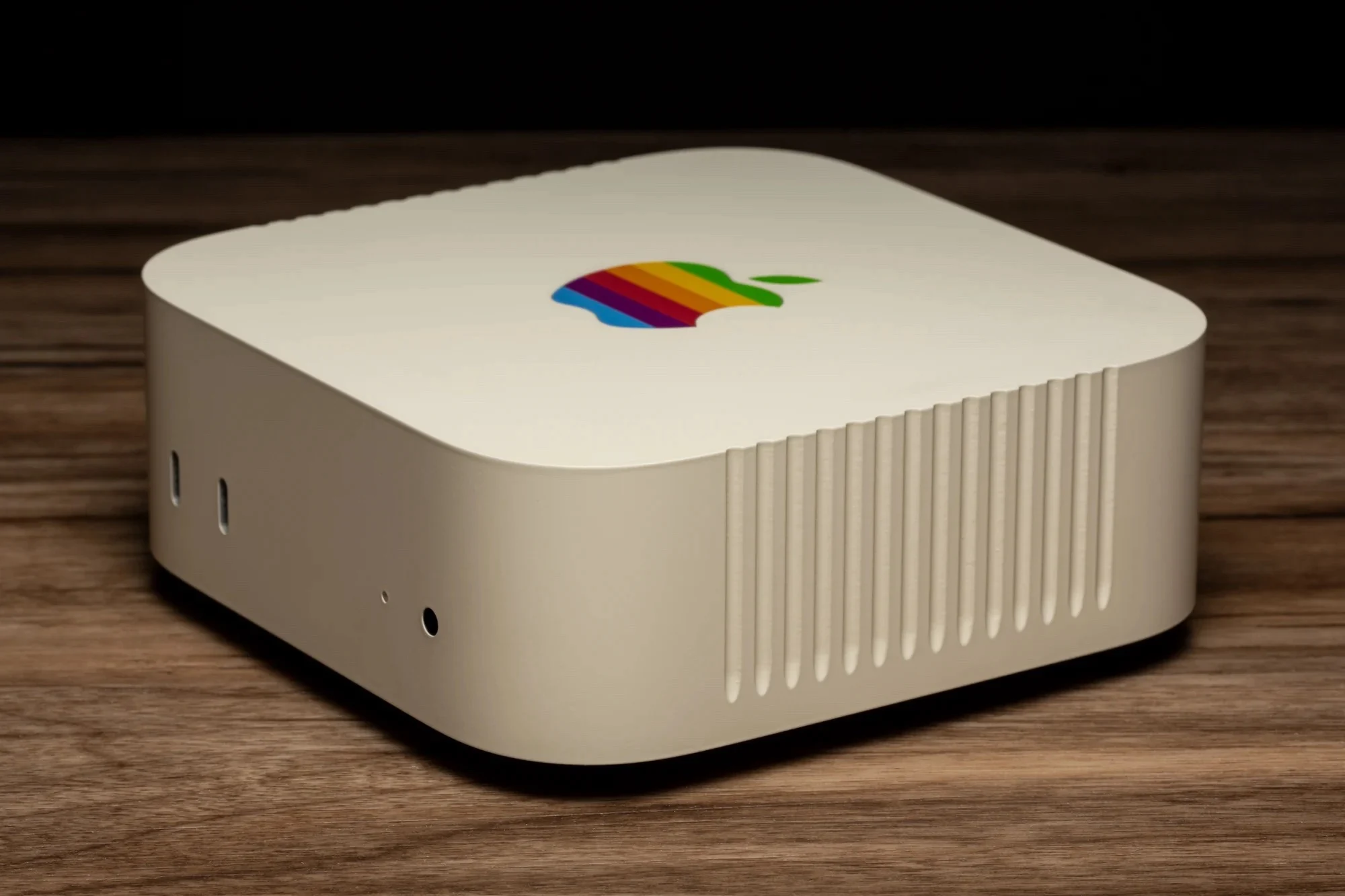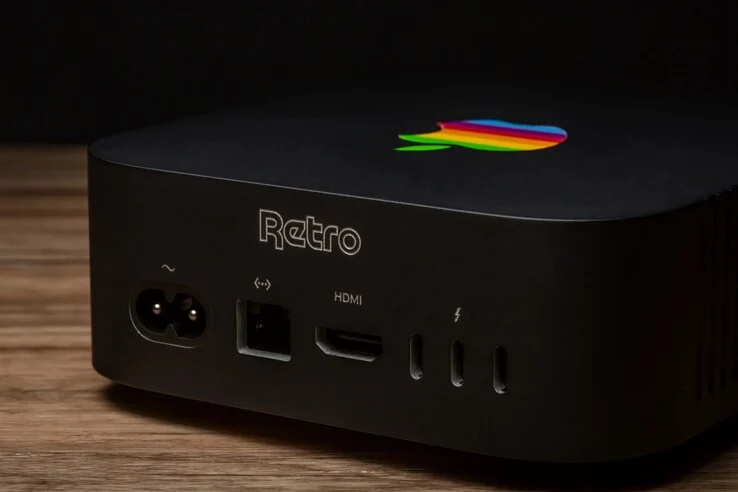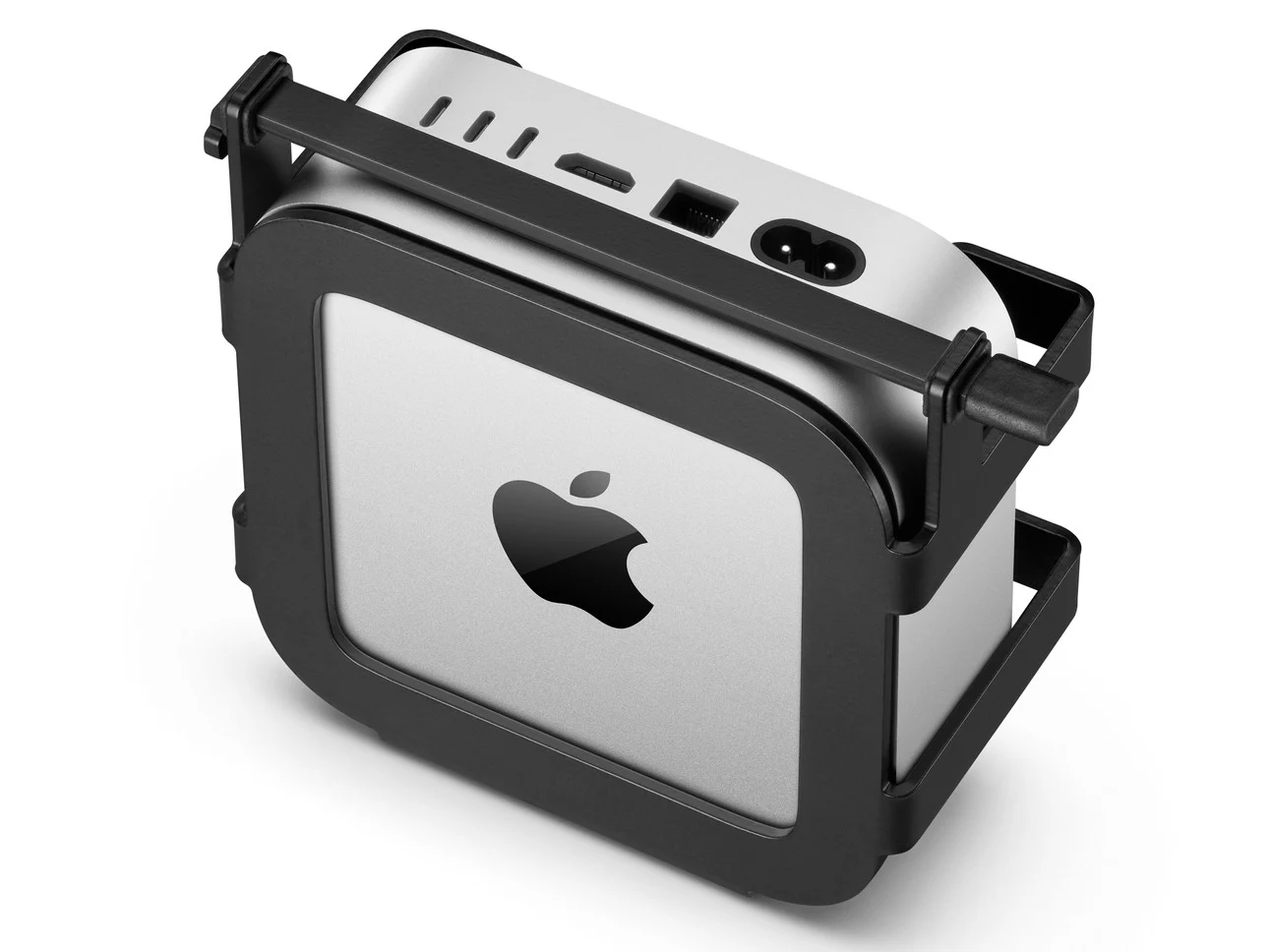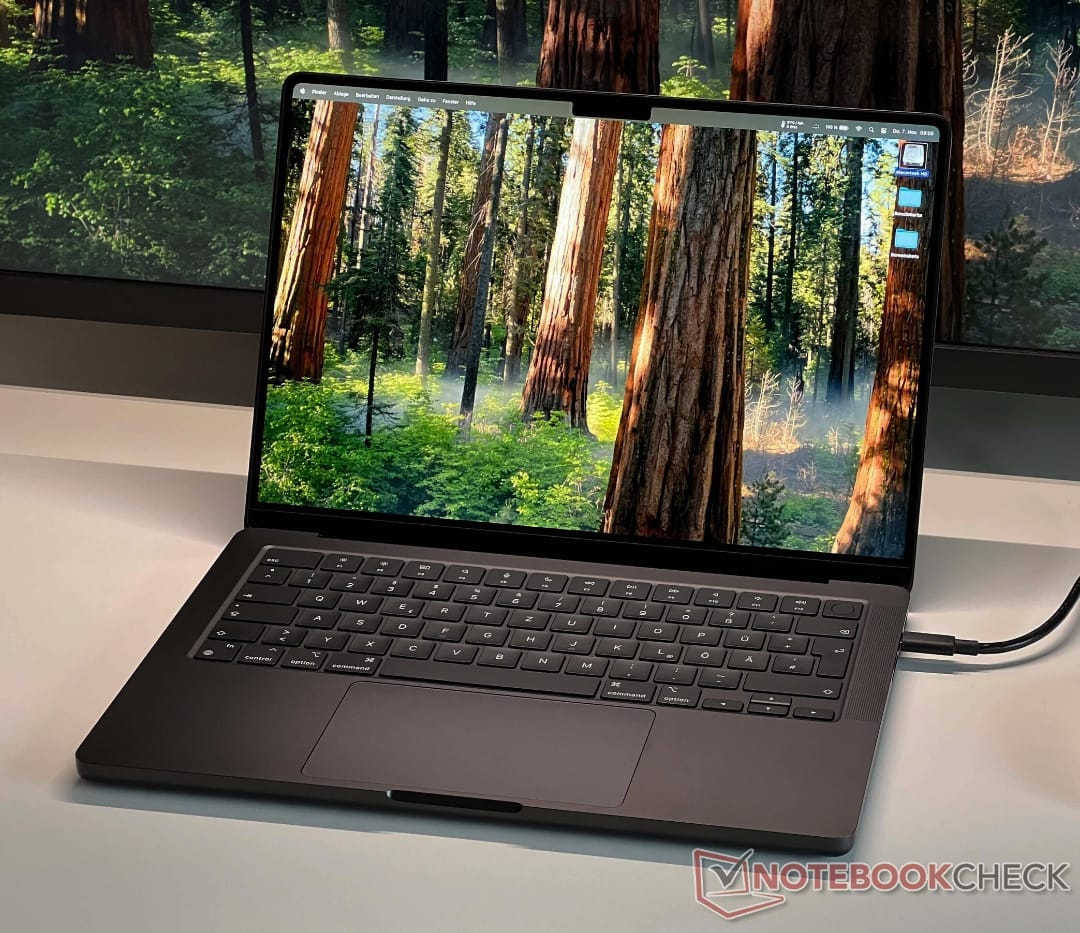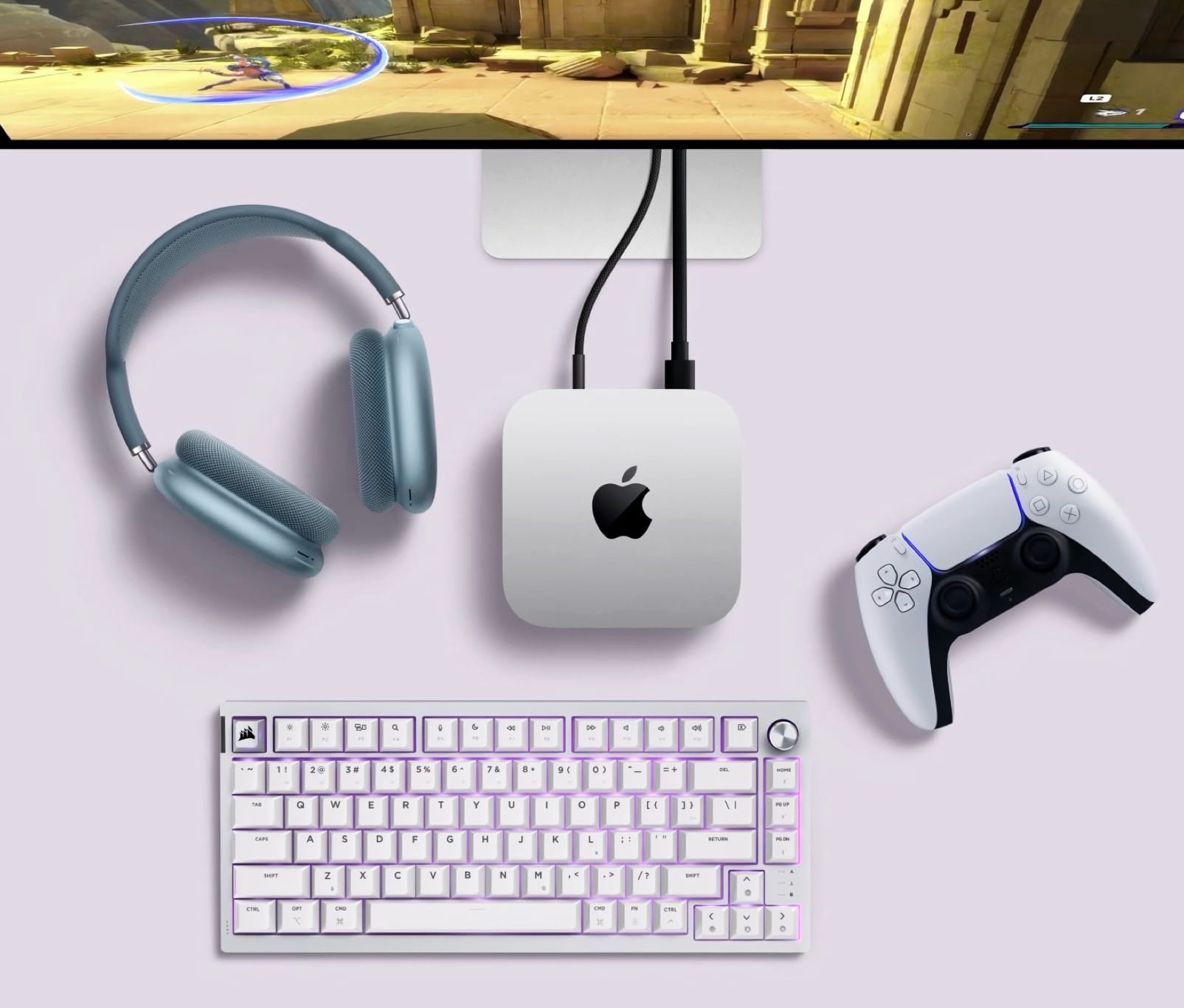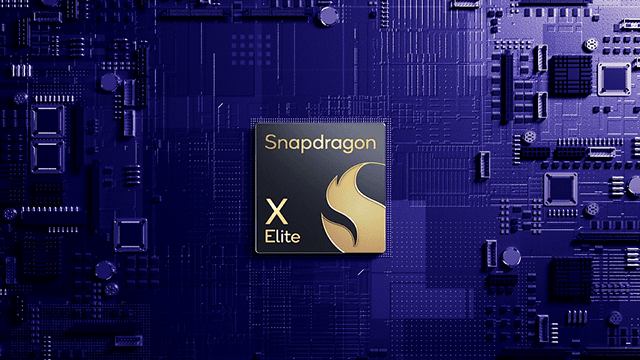Key Takeaways
1. Apple is positioning the iPad Pro as a laptop alternative with the new M4 chip in 11-inch and 13-inch models priced at $1,099.
2. Current limitations of iPadOS prevent the iPad Pro from providing a full desktop experience, unlike devices like the Surface Pro.
3. iPadOS 19 is expected to launch in September or October, aiming to make the system more similar to macOS.
4. The update will focus on enhancing app window management, multitasking, and overall productivity.
5. Specific details about the changes in iPadOS 19 have not yet been revealed.
Apple has been promoting the iPad Pro as a substitute for laptops for quite some time. With the introduction of the Apple M4 chip, which is available in both the 11-inch and 13-inch models (currently priced at $1,099 on Amazon), the likelihood of these pricey tablets replacing traditional laptops seems stronger than ever.
Limitations of iPadOS
However, the current restrictions of iPadOS still hinder the full potential of the iPad Pro. As we pointed out in our reviews of the iPad Pro 11 and 13 last year, Apple’s claims aside, the iPad Pro cannot yet deliver the same desktop operating system experience as the Surface Pro, even when using the ARM version of Windows 11.
Upcoming Changes
New insights from Mark Gurman at Bloomberg suggest that Apple is planning to bridge this gap with the launch of iPadOS 19. This update is expected to arrive in either September or October and aims to make the operating system “more like macOS” in three main areas.
Gurman indicates that iPadOS 19 will enhance app window management, building on the Stage Manager feature introduced three years ago. Additionally, the update is rumored to improve multitasking and overall productivity. Unfortunately, specific details about what these changes will entail have not yet been disclosed.
Source:
Link

